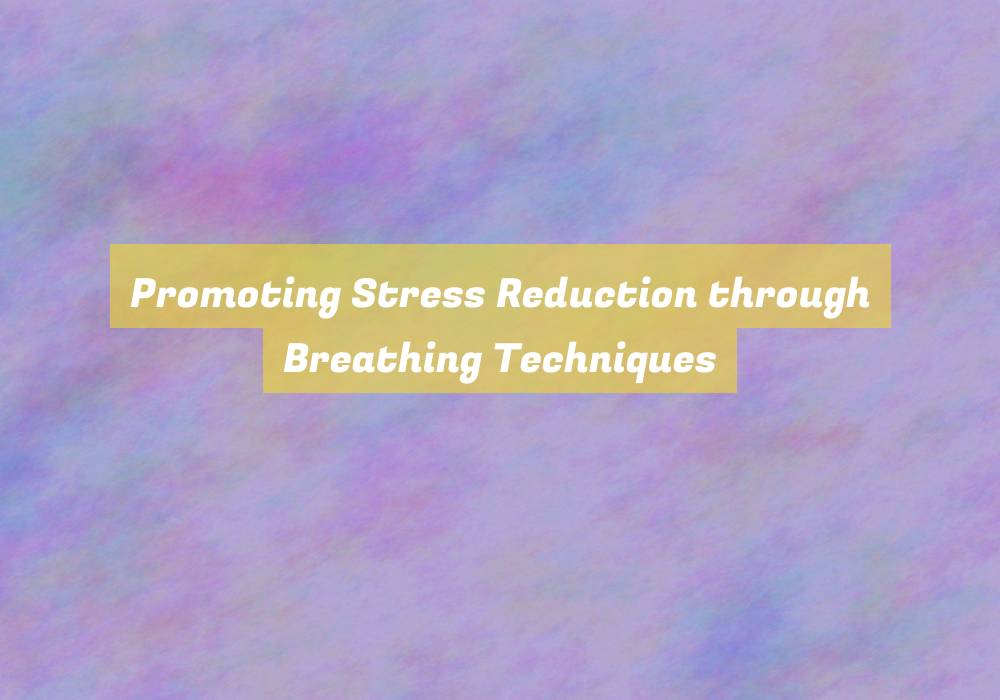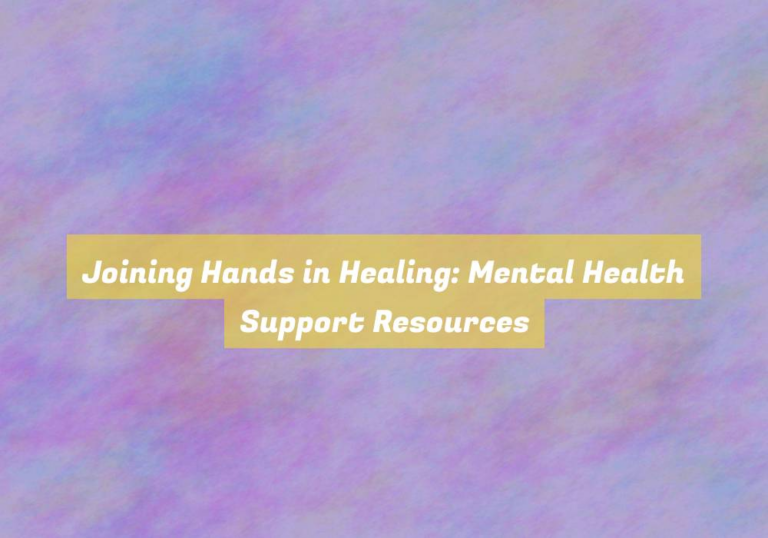Promoting Stress Reduction through Breathing Techniques
You may not realize that the simple act of breathing can have a profound impact on your stress levels and overall well-being.
By incorporating specific breathing techniques into your daily routine, you can effectively reduce stress and promote a sense of calm.
But did you know that there is a scientific basis behind how these techniques work?
Understanding the underlying mechanisms can provide insight into just how powerful and transformative these practices can be.
Understanding the Science Behind Breathing
Understanding the science behind breathing can offer valuable insights into how this essential function impacts your body and mind.
When you inhale, your diaphragm contracts and moves downward, allowing your lungs to expand and fill with air. This action causes the pressure in your chest to decrease, drawing air into your lungs.
As you exhale, the diaphragm relaxes and moves back up, pushing the air out of your lungs.
This process is controlled by the autonomic nervous system, specifically the sympathetic and parasympathetic nervous systems. The sympathetic system is responsible for the fight-or-flight response, increasing heart rate and breathing during times of stress.
On the other hand, the parasympathetic system helps to calm the body, slowing down heart rate and breathing.
Understanding this intricate balance can empower you to use breathing techniques to influence your bodyG??s stress response. By intentionally adjusting your breathing patterns, you can activate the parasympathetic nervous system, promoting relaxation and reducing stress levels.
This scientific understanding forms the foundation for the effectiveness of breathing techniques in managing stress.
Exploring Different Breathing Techniques
As you move into exploring different breathing techniques, consider how adjusting your breathing patterns can directly influence your bodyG??s stress response.
One effective method is diaphragmatic breathing. This technique involves taking slow, deep breaths, allowing your diaphragm to fully expand as you inhale and contract as you exhale.
Another approach is the 4-7-8 technique, where you inhale for 4 seconds, hold your breath for 7 seconds, and exhale for 8 seconds. This pattern can help calm your nervous system and promote relaxation.
Additionally, you may find value in pursed lip breathing, which involves inhaling through your nose and exhaling through pursed lips, as if youG??re blowing out a candle. This technique can help reduce the feeling of breathlessness and promote a sense of calm.
Alternate nostril breathing is another technique that involves breathing in through one nostril and out through the other, which is believed to balance the left and right hemispheres of the brain, promoting relaxation and mental clarity.
Experiment with these techniques to discover which ones work best for you in reducing stress and promoting a sense of calm.
Incorporating Breathing Exercises Into Daily Routine
To seamlessly integrate breathing exercises into your daily routine, start by setting aside a specific time each day for focused practice. Choose a time that works best for you, whether itG??s first thing in the morning, during a lunch break, or before bedtime. Consistency is key to reaping the benefits of breathing exercises, so aim to practice at the same time every day.
Consider incorporating breathing exercises into existing daily habits, such as while waiting for your morning coffee to brew or during your daily commute. This can help make the practice feel more natural and less like an additional task. Additionally, set reminders on your phone or computer to prompt you to take a few moments for breathing exercises.
Enhancing Stress Reduction With Mindful Breathing
Consider enhancing your stress reduction efforts by practicing mindful breathing techniques throughout your day to promote a greater sense of calm and relaxation. Mindful breathing involves focusing your attention on each breath, allowing yourself to be fully present in the moment.
To begin, find a quiet and comfortable space where you can sit or stand with good posture. Close your eyes and take a deep breath in through your nose, allowing your lungs to fill with air. As you exhale through your mouth, pay close attention to the sensation of the breath leaving your body. Repeat this process several times, concentrating on the rhythm of your breathing.
As you go about your daily activities, take moments to pause and engage in mindful breathing. Whether youG??re sitting at your desk, waiting in line, or taking a short walk, bring awareness to your breath.
Conclusion
So, next time you feel stressed, take a deep breath and try out some of these breathing techniques.
By understanding the science behind breathing and incorporating breathing exercises into your daily routine, you can enhance stress reduction and promote overall well-being.
Remember, mindful breathing can have a powerful impact on your mental and emotional health.
Take a moment to focus on your breath and experience the benefits of stress reduction through breathing techniques.





